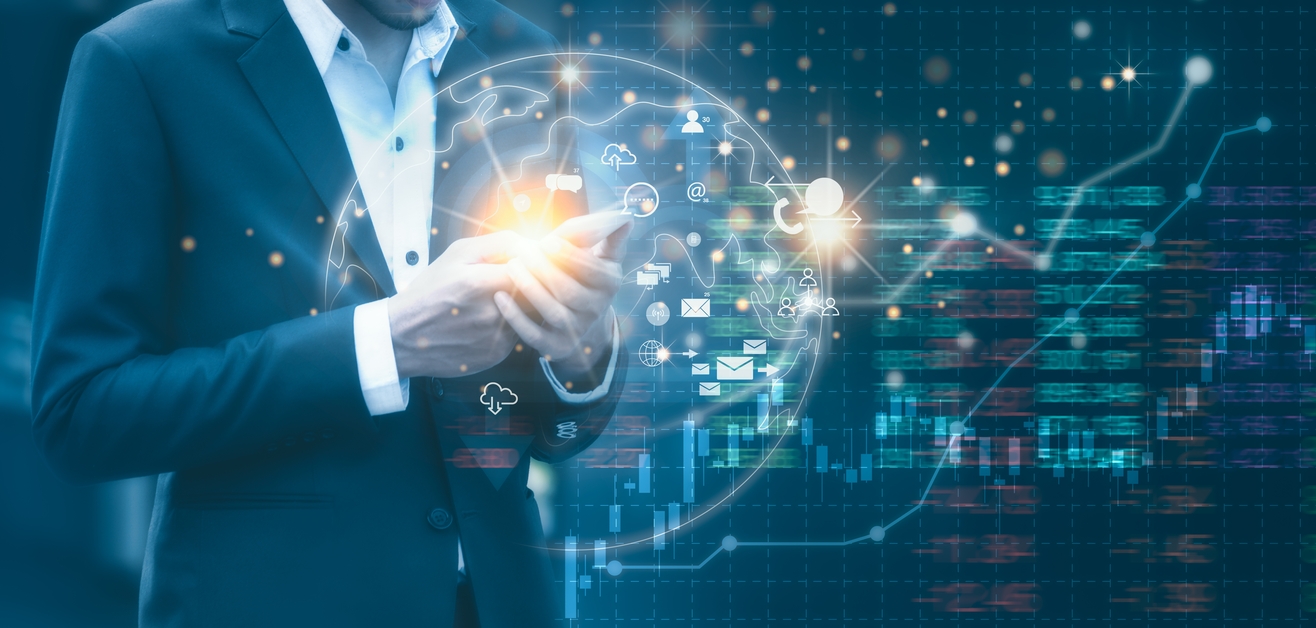Big data is a term used to describe large, complex sets of data that are difficult to process and analyze using traditional methods. The term was first coined in the early 2000s and has since become a buzzword in the tech industry. Big data is important because it can provide valuable insights that businesses can use to make informed decisions.
Characteristics of Big Data
Volume of Big Data: The volume of big data is massive and continues to grow every day. To manage and analyze such large data sets, businesses need to use big data technologies such as Hadoop, Spark, and NoSQL databases.
Variety of Big Data: Big data can come in various forms, such as structured data (e.g., numbers, dates, and addresses), semi-structured data (e.g., XML or JSON files), or unstructured data (e.g., text, images, and videos). To analyze big data, businesses need to use advanced analytics tools that can handle different data types.
Velocity of Big Data: Big data is generated and processed in real-time. Businesses need to use real-time data processing technologies to analyze data as it is generated, such as stream processing tools like Apache Kafka and Apache Flink.
Veracity of Big Data: Big data can be noisy, incomplete, or uncertain, which can affect the accuracy of the analysis. To ensure the veracity of big data, businesses need to use data cleaning and data validation tools to filter out irrelevant data and remove errors.
Applications of Big Data
Big data has numerous applications in various industries, including:
- Healthcare: Big data is used in healthcare to improve patient outcomes and reduce costs. For example, health organizations can use big data analytics to identify trends in patient data and provide personalized treatment plans.
- Finance: Big data is used in finance to detect fraud and identify new business opportunities. Financial institutions can use big data analytics to analyze customer data and identify potential fraud patterns.
- Retail: Big data is used in retail to improve customer experience and increase sales. Retailers can use big data analytics to analyze customer data and create personalized marketing campaigns.
- Manufacturing: Big data is used in manufacturing to improve operational efficiency and reduce costs. Manufacturers can use big data analytics to analyze sensor data and identify potential maintenance issues before they occur.
- Transportation: Big data is used in transportation to improve safety and optimize logistics. Transportation companies can use big data analytics to analyze traffic patterns and optimize routes.
- Education: Big data is used in education to improve student outcomes and personalize learning. Educational institutions can use big data analytics to identify trends in student data and create personalized learning plans.
Big data is changing the way we look at information. It provides valuable insights that businesses can use to make informed decisions. However, big data also comes with its challenges, such as data privacy concerns and the need for advanced analytics tools. Despite these challenges, big data is here to stay, and its importance will only continue to grow in the future.








